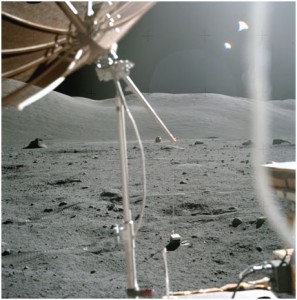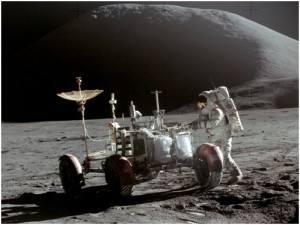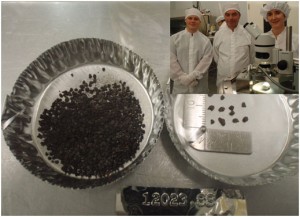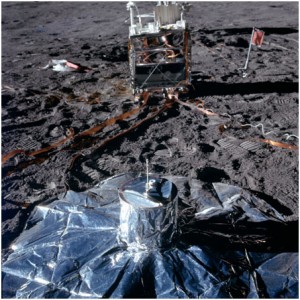This post was contributed by Dr Wendy Hein, a lecturer in the Department of Management.
We are still recovering from the glitz and glamour of London Fashion Week (LFW). Arguably, fashion is becoming the ‘big consumer sport of today’ – a participatory sport allowing us to virtually and materially reinvent ourselves. However, it is still an elite space – only those in the front row or the red carpet can legitimately claim their rightful place. There are a select few who seem to be in ‘the know’, while others are desperately trying to join this ‘club’.
New technologies ‘democratising’ fashion
The importance of fashion enthusiasts has not gone unnoticed in the haute couture circuit, and its doors are ajar to participation from outsiders. We could view this as a ‘democratising’ trend. Thanks to new technologies, we can now experience live shows streamed over the internet; we can select our favourite pieces and create an expressive collage of our ideal ‘me’ on Pinterest/Instagram/Tumblr, and can share it with others on Facebook, Twitter, and the many forms of digital exchange. Understanding the importance of these experiences and the size of the growing fashion industry helps us understand its gravity in today’s society. The good news may be that the trickle down from runway to reality is faster. Yet, the divide between the real insiders and outsiders persists. The magic of the front row may not be the same if it wasn’t for its exclusivity. On the other hand, ‘insiders’ would never be recognised for their competence and taste if it was not for fashion’s many fans.
Fashion collaborations
All of this takes place at a time when retail is struggling. With youth unemployment continuing to hit record figures in the UK, the list of retail closures appealing to youth markets is extensive. High street fashion has, however, recognised the desire for design from the ‘common crowd’ and numerous collaborations have paved the way towards letting some of this fame and fortune rub off: Karl Lagerfeld, Stella McCartney, Lanvin, Versace or Marni for H&M; Valentino or Pierre Hardy for GAP; or Mary Katrantzou for Topshop. The power of celebrity and popular culture has equally been tried and tested by retailers; think Topshop and Kate Moss, New Look and Kelly Brook, or H&M and David Beckham. Rather than a claim to design, these celebrities use their star power to lure customers into the shops. While some retailers have made inroads to high fashion through collaborations, others have gained their own legitimate place in fashion show lineups. TheUS retailer JCrew has earned its place as a stable contributor toNew York fashion week, and the Olsen twins, as well as our very own Victoria Beckham in theUK have claimed their places amongst the fashion glitterati.
Rihanna and River Island
At London Fashion Week AW2013 we see similar scenarios and even a new mix of the above tried and tested formulae. One of the big surprises came with Rihanna presenting her new designs in collaboration with the UK retailer River Island. Her show certainly received marked attention, but not always positive. Of course, this may have been due to the ‘brand’ that Rihanna seeks to represent – rebellious, untamed and youthful (on a good day) –but may have also been linked to reactions of the high fashion club. The Daily Beast labelled it a ‘horror show’ and a ‘tiresome, underwhelming and uninspired marketing exercise’. We may go along with the mantra that even bad press is good press, but despite these controversies, the deliberate nature of connecting Rihanna’s developing brand and River Island with the runway certainly found its critics. Serious fashion enthusiasts were quick to comment that this show was, once again, not part of the official LFW lineup. I was fortunate to be asked about my views in an interview prior to the show and I clearly saw a potential mismatch between high fashion,RiverIsland and Rihanna. The homogeneity of audiences and their expectations may not have worked to their advantage. While there may certainly be promise in connecting the high street with haute couture, and pop star kudos with clothes, bringing all three together without extensive previous record may or may not have paid off. Rihanna and Versace – yes; Rihanna andRiverIsland – yes; but could there be a missing link between Rihanna,RiverIsland and LFW?
Marketing milestone or misplaced experiment?
Whether this experiment goes down as the new ‘retail avant-garde’ that will be adapted by others (possibly more experienced), or whether it will be remembered as a marketing experiment, is questionable. What is clear is that fashion continues to seek its share of the desire and exclusivity produced by art & design, but success may increasingly depend on how this is managed. Whether it was achieved in this instance is now up to consumers to decide.RiverIslandlargely depend on the technologies that have facilitated ‘fashion as a new consumer sport’, and the success of its campaign could highlight to what extent these are embraced by the broader (youth) public. It may also be interesting to observe the potential strategies of the fashion elite in creating a division between insiders and outsiders. As argued above, without this distinction, the exclusivity that outsiders crave may not exist.
Lastly, success may also depend on the price of this exclusivity. Rihanna’s line will hit the shops today (5 March 2013) but as I write this piece, prices are rumoured, but not confirmed byRiverIsland. With a youth struggling to find work, yet a retailer looking for fame in high fashion, I for one can’t wait to find out how this pans out.
Would you camp outsideRiverIsland’s store to get your share of Rihanna’s River Island designs?

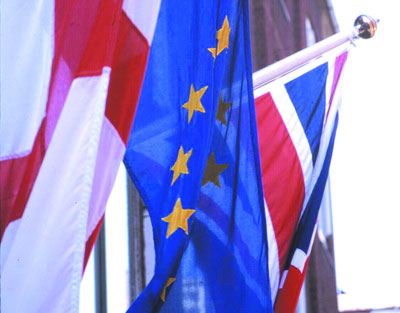


 Scottish independence is a low probability event, but low probability events like the break-up of the Soviet Union or of Czechoslovakia do happen, so it is sensible to do some contingency planning. The Scottish Affairs Committee of the House of Commons has been examining the defence policy for an independent Scotland as part of its enquiry into The Referendum on Separation for Scotland. Together with Professor Malcolm Chalmers of the Royal United Services Institute I gave evidence to the Committee on January 23.
Scottish independence is a low probability event, but low probability events like the break-up of the Soviet Union or of Czechoslovakia do happen, so it is sensible to do some contingency planning. The Scottish Affairs Committee of the House of Commons has been examining the defence policy for an independent Scotland as part of its enquiry into The Referendum on Separation for Scotland. Together with Professor Malcolm Chalmers of the Royal United Services Institute I gave evidence to the Committee on January 23.

